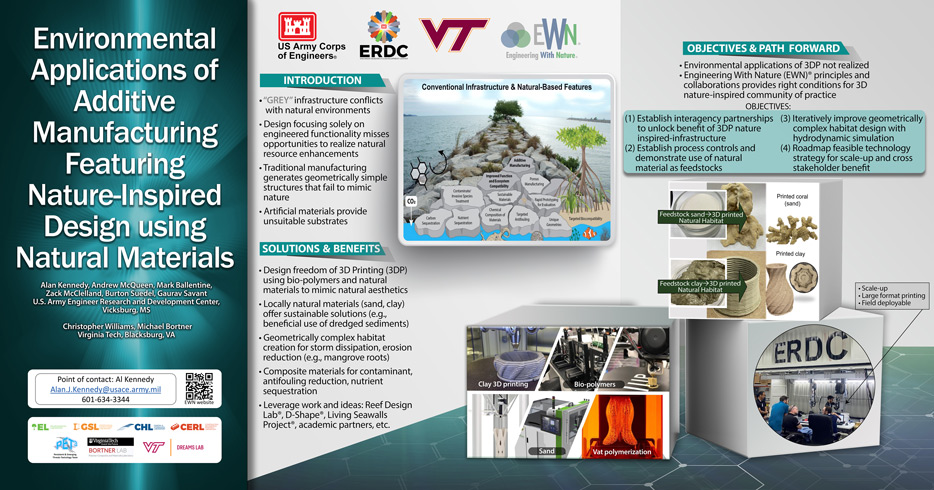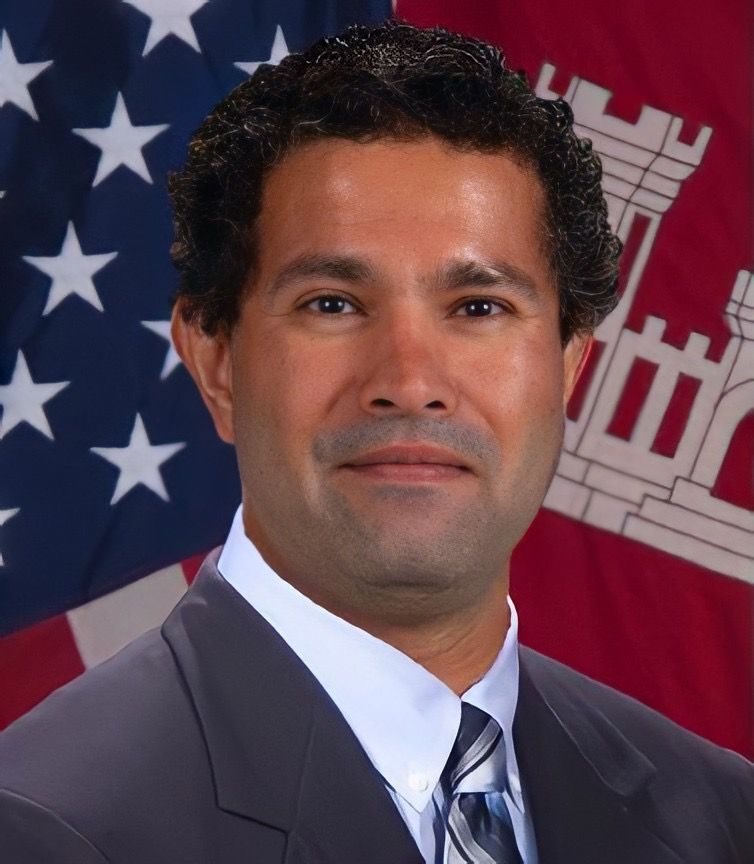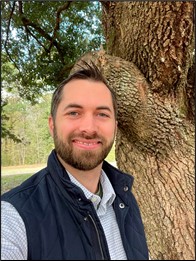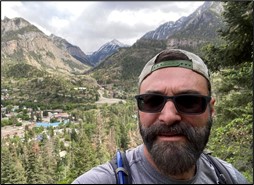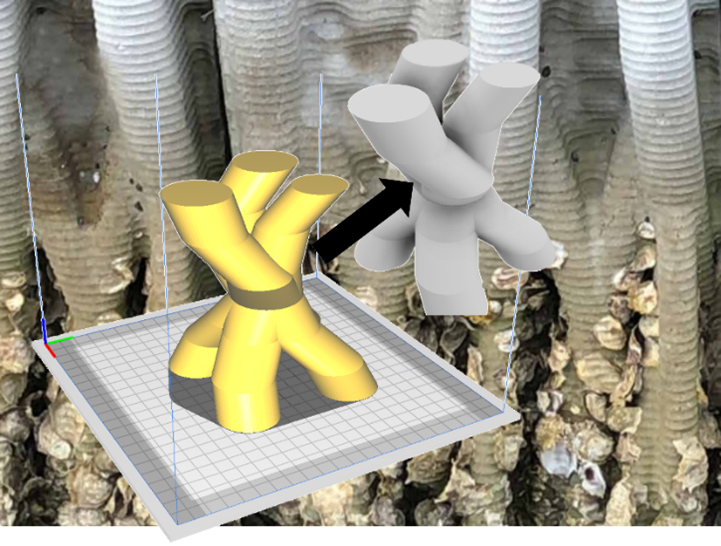Global waterborne “grey” infrastructure interfaces with the natural environment; yet, design often solely focuses on engineering functionality and misses opportunities to realize natural resource enhancements to achieve additional economic, environmental, and social benefits. Traditional manufacturing often generates geometrically simple structures that do not mimic natural geometries nor are intended to offer multifunctional benefits. However, the design freedom unlocked by 3D Printing (3DP) using diverse synthetic and natural materials is ideal for mimicking natural aesthetics and rapidly testing design prototypes through iterative processes. Therefore, 3DP technologies offer exciting opportunities to rapidly prototype diverse materials and geometries to optimize final infrastructure and artificial habitat performance through progressive design improvements. 3DP could promote use of locally available natural materials (e.g., plant, sand, clay) that offer more environmentally sustainable solutions (e.g., beneficial use of dredged sediments), or addition of materials to existing designs that promote ecological enhancement, contaminant reduction and multifunctional anti-fouling material composites. 3DP habitat and erosion control structures using natural materials promote sustainable infrastructures goals. Examples of environmental applications of 3DP include nutrient sequestration, habitat restoration, erosion control and energy dissipation (e.g., flood risk management). While environmental applications of 3DP have not yet fully been realized, the unique principles and synergistic collaborations available in the Engineering With Nature® community provide the right conditions for a 3DP nature-inspired community of practice to emerge. The objectives are to establish interagency partnerships to brainstorm and unlock the full benefit of 3DP nature inspired-infrastructure for a feasible technology roadmap for scale-up and cross stakeholder benefit, establish process controls and demonstrate use of natural material feedstocks (e.g., beneficial use of dredged material) and to iteratively improve geometrically complex habitat design through hydrodynamic simulation.

